Integration of biological control agents and systemic acquired resistance inducers against bacterial spot on tomato
2005
Аутори
Obradović, Aleksa
Jones, Jeffrey B.
Momol, Timur M.
Olson, SM
Jackson, LE
Balogh, B
Guven, K
Iriarte, FB
Чланак у часопису (Објављена верзија)

Метаподаци
Приказ свих података о документуАпстракт
Two strains of plant growth-promoting rhizobacteria, two systemic acquired resistance inducers (harpin and acibenzolar-S-methyl), host-specific unformulated bacteriophages, and two antagonistic bacteria were evaluated for control of tomato bacterial spot incited by Xanthomonas campestris pv. vesicatoria in greenhouse experiments. Untreated plants and plants treated with copper hydroxide were used as controls. The plant growth-promoting rhizobacteria or a tap water control were applied as a drench to the potting mix containing the seedlings, while the other treatments were applied to the foliage using a handheld sprayer. The plant growth-promoting rhizobacteria strains, when applied alone or in combination with other treatments, had no significant effect on bacterial spot intensity. Messenger and the antagonistic bacterial strains, when applied alone, had negligible effects on disease intensity. Unformulated phage or copper bactericide applications were inconsistent in performance under... greenhouse conditions against bacterial spot. Although acibenzolar-S-methyl completely prevented occurrence of typical symptoms of the disease, necrotic spots typical of a hypersensitive reaction (HR) were observed on plants treated with acibenzolar-S-methyl alone. Electrolyte leakage and population dynamics experiments confirmed that acibenzolar-S-methyl-treated plants responded to inoculation by eliciting an HR. Application of bacteriophages in combination with acibenzolar-S-methyl suppressed a visible HR and provided excellent disease control. Although we were unable to quantify populations of the bacterium on the leaf surface, indirectly we determined that bacteriophages specific to the target bacterium reduced populations of a tomato race 3 strain of the pathogen on the leaf surface of acibenzolar-S-methyl-treated plants to levels that did not induce a visible HR. Integrated use of acibenzolar-S-m ethyl and phages may complement each other as an alternative management strategy against bacterial spot on tomato.
Кључне речи:
integrated management / SAR inducersИзвор:
Plant Disease, 2005, 89, 7, 712-716Издавач:
- Amer Phytopathological Soc, St Paul
DOI: 10.1094/PD-89-0712
ISSN: 0191-2917
PubMed: 30791240
WoS: 000230053900004
Scopus: 2-s2.0-20644460780
Институција/група
Poljoprivredni fakultetTY - JOUR AU - Obradović, Aleksa AU - Jones, Jeffrey B. AU - Momol, Timur M. AU - Olson, SM AU - Jackson, LE AU - Balogh, B AU - Guven, K AU - Iriarte, FB PY - 2005 UR - http://aspace.agrif.bg.ac.rs/handle/123456789/1017 AB - Two strains of plant growth-promoting rhizobacteria, two systemic acquired resistance inducers (harpin and acibenzolar-S-methyl), host-specific unformulated bacteriophages, and two antagonistic bacteria were evaluated for control of tomato bacterial spot incited by Xanthomonas campestris pv. vesicatoria in greenhouse experiments. Untreated plants and plants treated with copper hydroxide were used as controls. The plant growth-promoting rhizobacteria or a tap water control were applied as a drench to the potting mix containing the seedlings, while the other treatments were applied to the foliage using a handheld sprayer. The plant growth-promoting rhizobacteria strains, when applied alone or in combination with other treatments, had no significant effect on bacterial spot intensity. Messenger and the antagonistic bacterial strains, when applied alone, had negligible effects on disease intensity. Unformulated phage or copper bactericide applications were inconsistent in performance under greenhouse conditions against bacterial spot. Although acibenzolar-S-methyl completely prevented occurrence of typical symptoms of the disease, necrotic spots typical of a hypersensitive reaction (HR) were observed on plants treated with acibenzolar-S-methyl alone. Electrolyte leakage and population dynamics experiments confirmed that acibenzolar-S-methyl-treated plants responded to inoculation by eliciting an HR. Application of bacteriophages in combination with acibenzolar-S-methyl suppressed a visible HR and provided excellent disease control. Although we were unable to quantify populations of the bacterium on the leaf surface, indirectly we determined that bacteriophages specific to the target bacterium reduced populations of a tomato race 3 strain of the pathogen on the leaf surface of acibenzolar-S-methyl-treated plants to levels that did not induce a visible HR. Integrated use of acibenzolar-S-m ethyl and phages may complement each other as an alternative management strategy against bacterial spot on tomato. PB - Amer Phytopathological Soc, St Paul T2 - Plant Disease T1 - Integration of biological control agents and systemic acquired resistance inducers against bacterial spot on tomato EP - 716 IS - 7 SP - 712 VL - 89 DO - 10.1094/PD-89-0712 ER -
@article{
author = "Obradović, Aleksa and Jones, Jeffrey B. and Momol, Timur M. and Olson, SM and Jackson, LE and Balogh, B and Guven, K and Iriarte, FB",
year = "2005",
abstract = "Two strains of plant growth-promoting rhizobacteria, two systemic acquired resistance inducers (harpin and acibenzolar-S-methyl), host-specific unformulated bacteriophages, and two antagonistic bacteria were evaluated for control of tomato bacterial spot incited by Xanthomonas campestris pv. vesicatoria in greenhouse experiments. Untreated plants and plants treated with copper hydroxide were used as controls. The plant growth-promoting rhizobacteria or a tap water control were applied as a drench to the potting mix containing the seedlings, while the other treatments were applied to the foliage using a handheld sprayer. The plant growth-promoting rhizobacteria strains, when applied alone or in combination with other treatments, had no significant effect on bacterial spot intensity. Messenger and the antagonistic bacterial strains, when applied alone, had negligible effects on disease intensity. Unformulated phage or copper bactericide applications were inconsistent in performance under greenhouse conditions against bacterial spot. Although acibenzolar-S-methyl completely prevented occurrence of typical symptoms of the disease, necrotic spots typical of a hypersensitive reaction (HR) were observed on plants treated with acibenzolar-S-methyl alone. Electrolyte leakage and population dynamics experiments confirmed that acibenzolar-S-methyl-treated plants responded to inoculation by eliciting an HR. Application of bacteriophages in combination with acibenzolar-S-methyl suppressed a visible HR and provided excellent disease control. Although we were unable to quantify populations of the bacterium on the leaf surface, indirectly we determined that bacteriophages specific to the target bacterium reduced populations of a tomato race 3 strain of the pathogen on the leaf surface of acibenzolar-S-methyl-treated plants to levels that did not induce a visible HR. Integrated use of acibenzolar-S-m ethyl and phages may complement each other as an alternative management strategy against bacterial spot on tomato.",
publisher = "Amer Phytopathological Soc, St Paul",
journal = "Plant Disease",
title = "Integration of biological control agents and systemic acquired resistance inducers against bacterial spot on tomato",
pages = "716-712",
number = "7",
volume = "89",
doi = "10.1094/PD-89-0712"
}
Obradović, A., Jones, J. B., Momol, T. M., Olson, S., Jackson, L., Balogh, B., Guven, K.,& Iriarte, F.. (2005). Integration of biological control agents and systemic acquired resistance inducers against bacterial spot on tomato. in Plant Disease Amer Phytopathological Soc, St Paul., 89(7), 712-716. https://doi.org/10.1094/PD-89-0712
Obradović A, Jones JB, Momol TM, Olson S, Jackson L, Balogh B, Guven K, Iriarte F. Integration of biological control agents and systemic acquired resistance inducers against bacterial spot on tomato. in Plant Disease. 2005;89(7):712-716. doi:10.1094/PD-89-0712 .
Obradović, Aleksa, Jones, Jeffrey B., Momol, Timur M., Olson, SM, Jackson, LE, Balogh, B, Guven, K, Iriarte, FB, "Integration of biological control agents and systemic acquired resistance inducers against bacterial spot on tomato" in Plant Disease, 89, no. 7 (2005):712-716, https://doi.org/10.1094/PD-89-0712 . .


